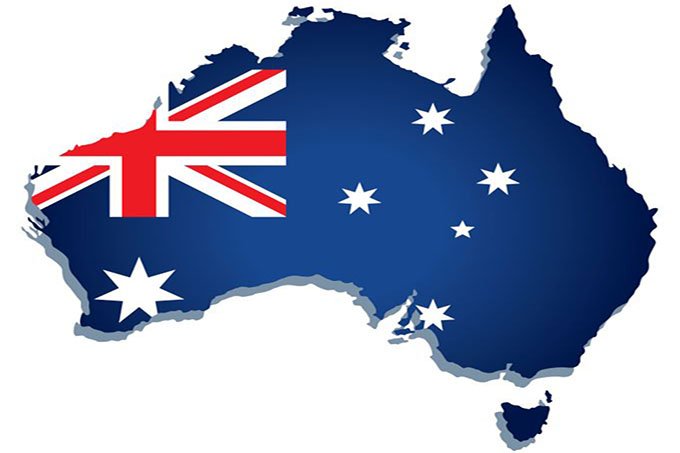So far this week, the Australian Dollar has barely gained ground against the greenback, gaining 0.05 percent. Yesterday, the currency went down by 0.39 percent, breaking a six-day gaining streak.
Based on the economic calendar, the past week gave multiple positive signs to the markets concerning the state of the Australian and the Chinese economies. On Tuesday last week, the Reserve Bank of Australia published the Private Sector Credit figure, which showed a drop by 0.1 percent of the amount of money the Australian private sector borrows (month-to-month), a milder contraction than expected. The yearly figure showed a 3.2 percent growth, lower than the previous figure which was at 3.6 percent.
The Australian Industry Group released its AiG Performance of MFG Index and its Commonwealth Bank Manufacturing PMI, which signals the state of the Australian manufacturing sector. The former stood at 51.5 in June, advancing from the previous month's 41.6, while the latter was at 51.2, after being at 49.8 in May.
RBA Deputy Governor, Guy Debelle commented that the Australian economy is doing better than their previously expected, nevertheless said that the government would need interest rate support for years, given the consequences of the crisis.
"It is still quite likely that this decline will have a long-lived impact that will require considerable policy support for quite some time to come," he commented during a webinar with the Economic Society of Australia.
That day China's Non-Manufacturing PMI for June was released, which signaled an expansion at 54.4, after being at 53.6 on the previous month. The manufacturing sector also expanded, as the NBS Manufacturing PMI stood at 50.9 after being at 50.6 the previous month.
 On Wednesday, the Australian Bureau of Statistics released its Building Permits figures, which shows the state of the Australian real estate industry. The index contracted by 16.4 percent in May (month-to-month), below the 10 percent contraction that the analysts foresaw. The yearly figure stood at -11.6 percent.
On Wednesday, the Australian Bureau of Statistics released its Building Permits figures, which shows the state of the Australian real estate industry. The index contracted by 16.4 percent in May (month-to-month), below the 10 percent contraction that the analysts foresaw. The yearly figure stood at -11.6 percent.
Markit's Caixin Manufacturing PMI, which signals the state of the Chinese manufacturing sector, stood at 51.2, after being at 50.7 in May.
On Thursday, markets learned that imports of goods and services dropped by 6 percent in May, signaling a milder contraction than April's figure, which stood at -9.8 percent. Exports contracted by 4 percent, milder than April's 11.3 percent drop. The trade surplus increased by 2 percent, at $8.03 billion. The AiG Performance of Construction index, which shows the state of the construction sector, was at 35.5 in June, after being at 24.9 in the previous month.
On Friday, the Australian Bureau of Statistics released its Retail Sales figure, which advanced by 16.9 percent in May, which contrasts with April's 17.7 percent contraction. China's Caixin Services PMI went up from 55 in May to 58.4 in June.
This week the Reserve Bank of Australia decided to leave the interest rate unchanged at 0.25 percent. On its subsequent announcement, the bank's Governor Phillip Lowe pledged to keep the accommodating stance as long as it's needed, and that the bank's governing board won't consider raising the interest rate until progress is made in terms of the employment levels and the inflation target. The bank also signaled that is willing to expand its bond purchasing program if necessary. Regarding the economic outlook, the bank claimed that it remains uncertain.
"The outlook remains uncertain and the recovery is expected to be bumpy and will depend upon containment of the coronavirus," commented Lowe.
Fears for a second wave of the coronavirus are now weighing over the Australian dollar's performance, as cases in the Australian State of Victoria are peaking. At the moment, around 8,886 infections have been reported in the country, as well as a death toll of 106.
"Over the past month, infection rates have declined in many countries, but they are still very high and rising in others," added Lowe.
